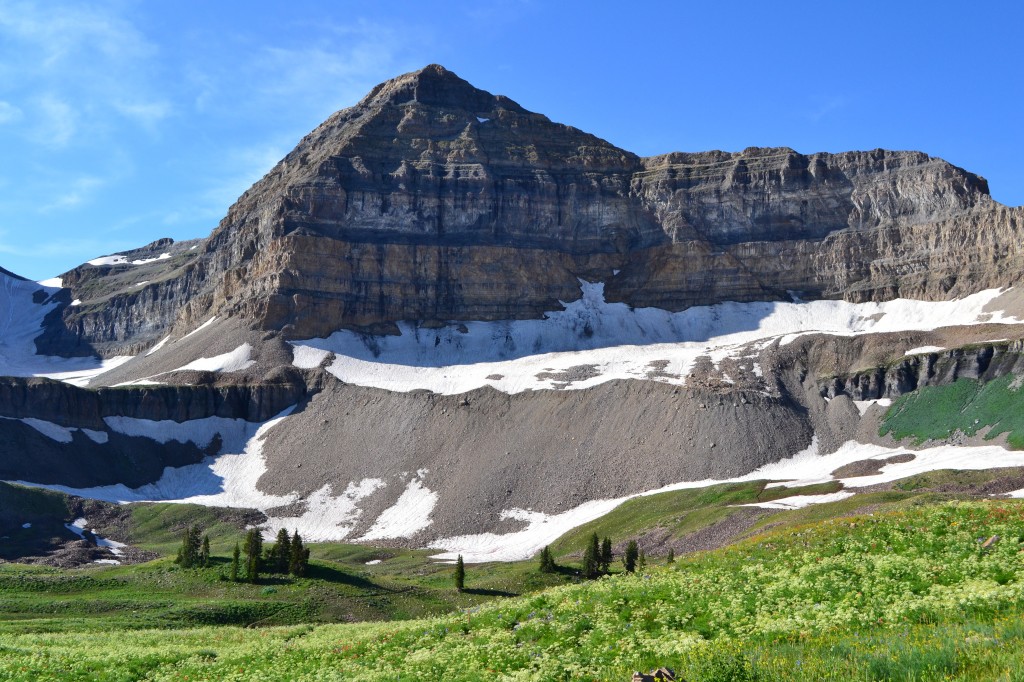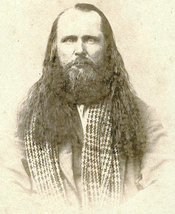 After being away for five years, I returned to run the spectacular course of Tahoe Rim 100. I’ve finished this race five times, earning my 500-mile belt and was drawn back to again experience it for the sixth time. Much of the race runs on the amazing Tahoe Rim Trail above the northeast end of the beautiful lake. In years past when I ran it the field was small, but now it has grown up to include about 230 starters. I classify the course as an easier mountain 100. It does run at higher altitude, between 7,000-9,000 feet. All but two of the climbs are very runnable. The course climbs about 17,000 feet along the way and consists of two 50-mile loops.
After being away for five years, I returned to run the spectacular course of Tahoe Rim 100. I’ve finished this race five times, earning my 500-mile belt and was drawn back to again experience it for the sixth time. Much of the race runs on the amazing Tahoe Rim Trail above the northeast end of the beautiful lake. In years past when I ran it the field was small, but now it has grown up to include about 230 starters. I classify the course as an easier mountain 100. It does run at higher altitude, between 7,000-9,000 feet. All but two of the climbs are very runnable. The course climbs about 17,000 feet along the way and consists of two 50-mile loops.
I’ve had pretty good races here in the past, usually finishing around 26 hours in the top 20. But with advanced age and difficulty with altitude races recently, my expectations were low and I really just wanted to enjoy the course again and finish.














